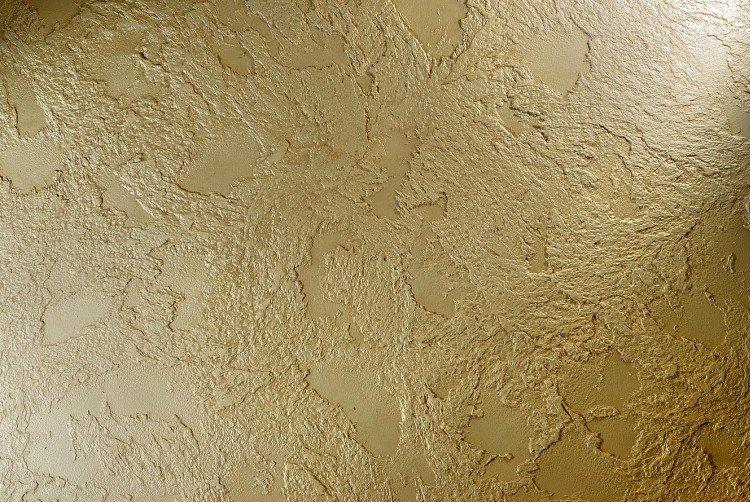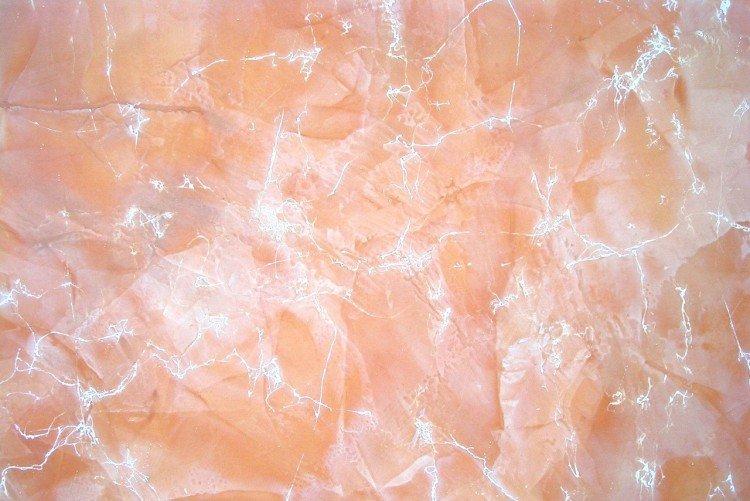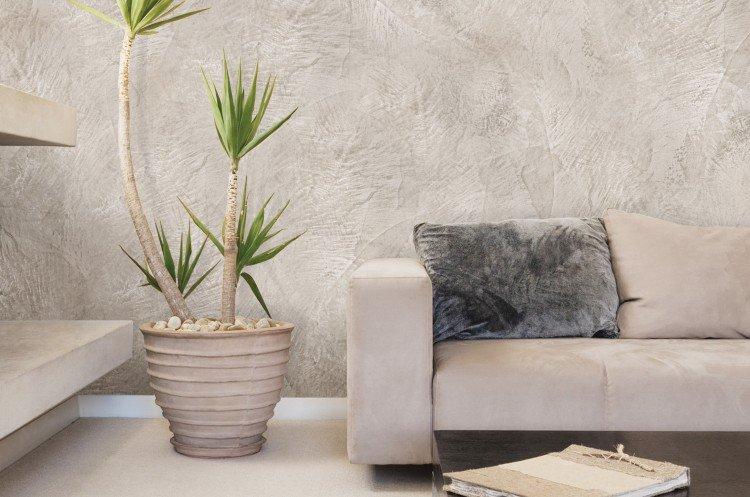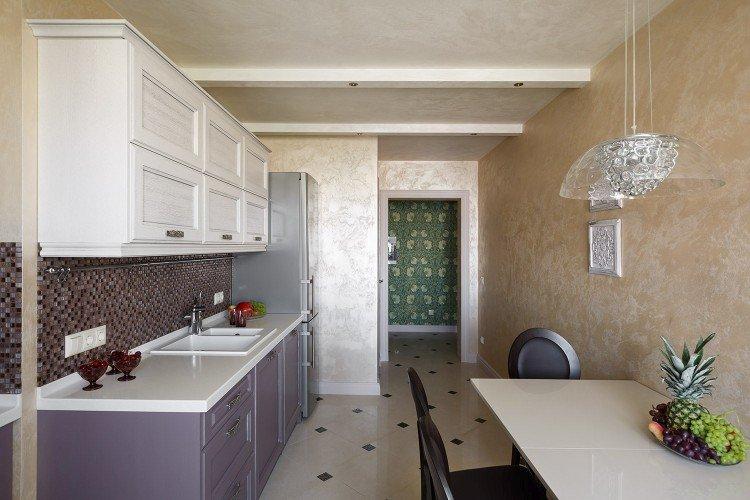Wallpaper is increasingly becoming outdated, giving way to more modern and practical materials. In this discussion, we will explore decorative plaster, its types, composition, and application techniques for achieving textured surfaces. Your walls will be smooth, textured, and truly one-of-a-kind!
Features and advantages of the material
The difference between regular plaster and decorative plaster is in the presence of additional additives. Due to this, its surface is not smooth, but textured, and can even imitate other materials such as stone, concrete, wood, fabric, or suede.
Unlike wallpaper and painting, decorative plaster does not require perfectly even walls. It actually hides small flaws and defects, and there is no material more convenient for arches, cornices, niches, and other complex forms.

The pattern of decorative plaster is always different, even if you use the same mixture and tools. After drying, there are no joints or seams, so the surface looks very neat. Pigments can be added to the mixture to color it in any shade.
The preparation of walls before applying decorative plaster is minimal. The material itself is eco-friendly, safe, does not release harmful substances, does not absorb odors, and does not change color. There are different series for interior and exterior work, for protection against moisture, mold, or aggressive environmental factors.
There are almost no disadvantages to decorative plaster. The main thing is to choose the right composition for a specific room and follow the application technique. As a result, you will get a unique finish that nobody else has.

Types of Plaster Based on Composition
Technically, all types of plaster are similar: they consist of a water base, filler, and binder. Nonetheless, certain nuances arise, as specific compositions are more suitable for wet rooms, others for facades, and some for living spaces.
Acrylic Decorative Plaster
Acrylic plaster, a synthetic material derived from acrylic resin, is appreciated for its moisture-repelling properties. Suitable for bathrooms and toilets, it offers good adhesion, coverage, and elasticity. The pre-made mixture only requires stirring before application. However, because acrylic plaster can burn, it is not advisable to pair it with easily flammable insulation or use it near sources of fire.

Mineral Decorative Plaster
The mineral mixture is both affordable and strong, making it a popular choice. It works best when applied to mineral bases with quartz primer. You can paint over the finished coating or opt for collections with intriguing additives, such as glitter or marble chips. This type of plaster is typically available in stores as a dry cement mixture, which you dilute with water before use.

Silicate Decorative Plaster
Silicate compositions are almost never used indoors because they contain potassium glass, which is not very safe in closed rooms. Plaster is sold in a ready-to-use form, quickly hardens, and is difficult to apply. However, it is good for outdoor work.

Silicone Decorative Plaster
Silicone series are undoubtedly the most modern option. They offer elasticity, durability, vapor-permeability, and strong adhesion to various bases. Often sold pre-tinted, silicone plaster allows for immediate application and the creation of interesting color transitions. However, it costs more and necessitates the purchase of a special silicone primer.

Types of Material by Texture
Decorative plasters differ not only in composition but also in the type of finish. The relief after finishing can be expressed differently.
Textured
Textured plaster, with its viscous structure and large fraction, is suitable for masking significant wall defects and unevenness. It incorporates materials like stone chips, pebbles, wood, mica, and similar elements.
Minimal surface preparation is needed before application, and the resulting coating is strong, hard, and waterproof. Textured plaster is equally effective for both exterior and interior projects. This category encompasses subtypes like “fur coat”, “woodworm”, and others with immediately noticeable relief.

Structural
Structural plaster features a finer composition and allows for thin-layer application. It often includes a silicate or acrylic base with marble and quartz chips. Different collections vary in granularity and texture of the finish.
You can apply structural plaster to mineral bases, particleboard, and drywall. It resists moisture, offers good air permeability, and dries quickly with minimal odor. The completed wall is easy to clean and even washable.

Venetian
Venetian decorative plaster is the most homogeneous of all. Texture creation involves using fine marble chips and slaked lime. It’s known that the ancient Romans utilized similar materials, adding stone dust to their finishing mixes.
The finished coating is difficult to distinguish from natural marble or onyx, but it is difficult to apply. It requires thin and light strokes and up to six layers on the wall, each of which must be dried. Venetian plaster is quite expensive, but it complements classical interiors perfectly.

How to Apply Decorative Plaster
Clean the surface of any decorative coatings, paint, or anything that may peel off. Get rid of greasy and dirty spots, construction dust, and small fibers. Fill in cracks, dents, and other defects with regular putty and sealant, and let them dry.
Be sure to apply a primer that is suitable for your type of plaster. It improves the adhesion of the finish to the wall, so that the plaster does not peel off in the future. Use primers with useful additives such as fungicides or antiseptics.

For a thin-layered and fine-dispersed mixture, it’s best to apply a leveling layer first. Use a standard starting putty with a large-fraction filler like sand. Adjust the number of layers based on the situation, but always let them dry and apply primer on top.
Apply decorative plaster with a wide spatula, either straight or in an arc. Create a relief pattern by pressing a float against the wet mixture and quickly pulling it back. Alternatively, use a patterned roller. To add texture, employ various materials like sponge, film, fabric, brushes, and other items.

Decorative plaster in the interior – photos and ideas
It is difficult to imagine a situation, space, or style for which you cannot find a suitable collection of decorative plaster.


























Leave feedback about this